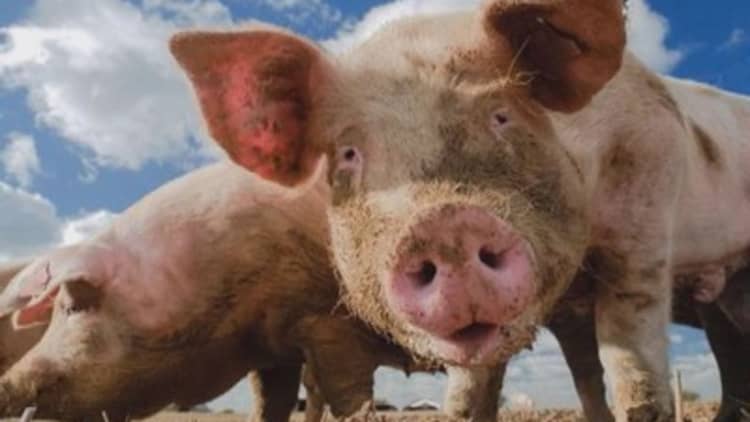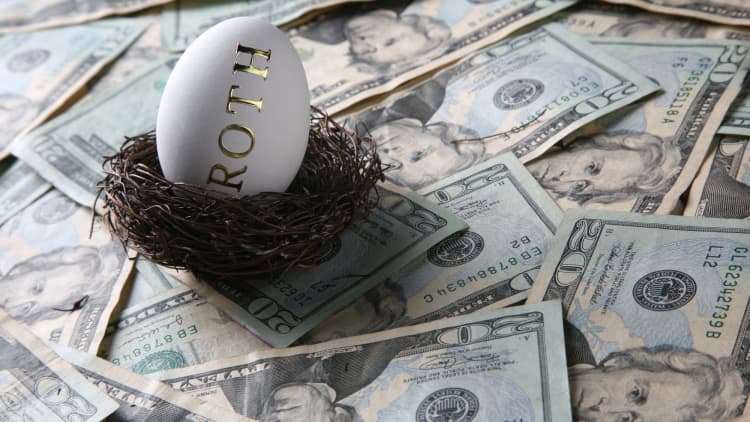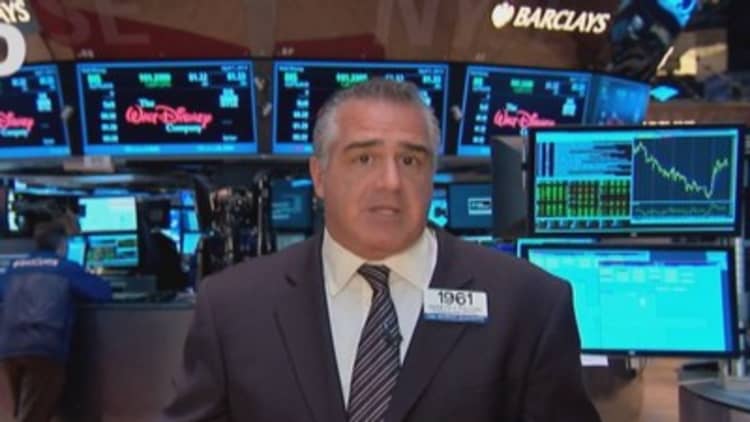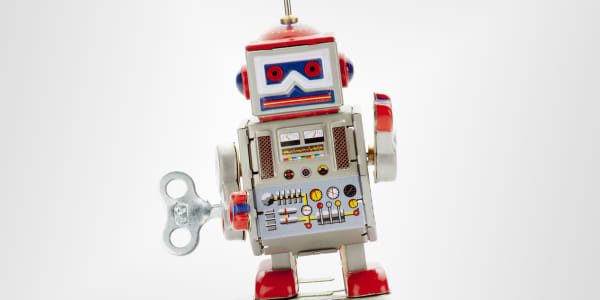








If ordering a Summer Shandy seems to be tapping your wallet a little harder this year, it's no surprise. Craft beer sales have surged—the industry, which has enjoyed double-digit production growth over the past few years, has hit $14 billion in sales—and with the sudden growth of these sometimes quirky yet very popular brews comes a heftier price tag, as brewers find it difficult to keep pace with demand.
Yet it's not only the challenge of brewers to produce enough craft beer to quench consumers' insatiable thirst for it but also the ability to harness enough of its two main ingredients: barley and hops. Barley accounts for the beer's color and sweetness, hops for its flavor and bitterness.
With craft beer production up 9.6 percent in 2013—a sharp contrast to the overall beer industry, which saw production decline by 1.4 percent last year—competition for its main ingredients is becoming increasingly intense: Craft beer brewers use between four and 10 times more hops than regular beer companies, and fewer farmers are producing barley, choosing instead to produce corn, a more profitable crop.
With the large multinational companies better equipped to negotiate with growers, the small players—the microbrewers—are the least happy to toast to this new challenge.




